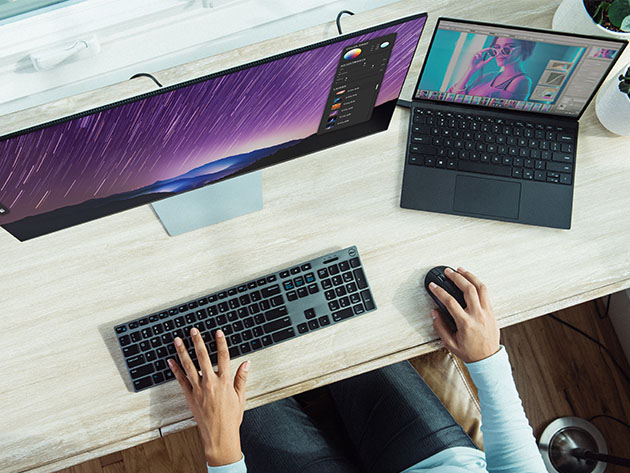Earlier this month, we opened forums for three of Samsung’s latest Galaxy devices — the Galaxy Tab S7, Galaxy Z Fold 2, and the Galaxy Watch 3. Since then, Android OEMs have launched a couple of interesting devices like the Moto G9, Moto G9 Play Realme C12, and Realme C15. Additionally, Taiwanese OEM ASUS is expected to unveil its next-gen ZenFone 7 lineup at an online-only event tomorrow. To promote third-party development and discussions for these devices, we’re now opening forums for the ASUS ZenFone 7, Moto G9, Realme C12, and Realme C15.
ASUS ZenFone 7/7 Pro
While ASUS is yet to announce its ZenFone 7 lineup, we’ve already learned a few key details about the devices. The company’s upcoming flagship ZenFone lineup is expected to feature Qualcomm’s Snapdragon 865 SoC and, according to a recent teaser from the company, it will make use of a flip camera module once again. A database listing for the device has also revealed that it will feature a 5,000mAh battery with support for 30W fast charging. In case you’re interested in checking out the ZenFone 7 launch event, you can watch the live stream at 2:00 AM ET on August 26th.
ASUS ZenFone 7 XDA Forums || ASUS ZenFone 7 Pro XDA Forums
Motorola Moto G9/Moto G9 Play
The new Moto G9, which was launched in India earlier this week, features a 6.5-inch HD+ LCD display with a waterdrop style notch. The device is powered by Qualcomm’s Snapdragon 662 SoC, coupled with 4GB of LPDDR4x RAM and 64GB of onboard storage. In the camera department, the Moto G9 features a 48MP primary sensor, a 2MP depth sensor, a 2MP macro camera, and an 8MP selfie shooter. The device packs in a 5,000mAh battery with support for 20W fast charging. The Moto G9 Play, on the other hand, was launched earlier this week in Germany. The device features the exact same specifications as the regular Moto G9.
Motorola Moto G9 XDA Forums || Motorola Moto G9 Play XDA Forums
Realme C12
Realme’s new budget-friendly Realme C12 was launched in India just a few days ago. Much like the Moto G9, it features a 6.5-inch HD+ LCD display with a waterdrop style notch. The device is powered by MediaTek’s Helio G35 SoC, coupled with 3GB of RAM and 32GB of onboard storage. For imaging, the device packs in a 13MP primary camera, a 2MP monochrome camera, a 2MP macro camera, and a 5MP selfie shooter. The device packs in a massive 6,000mAh battery with support for 10W fast charging.
Realme C15
The Realme C15 is the first budget-friendly device from the company to feature a quad-camera setup. Much like the Realme C12, it packs in a 13MP primary camera and a 2MP monochrome sensor. However, instead of a 2MP macro camera, the Realme C15 features a 2MP retro camera and an additional 8MP ultra-wide sensor. Over on the front, the device sports an 8MP selfie shooter. The device packs in the same 6.5-inch HD+ display with a waterdrop style notch, it’s also powered by the MediaTek Helio G35, and it features the same 6,000mAh battery. But the C15 includes support for 18W fast charging, with the 18W fast charger included in the box.
The post ASUS ZenFone 7, Moto G9, and Realme C12/C15 forums are now open appeared first on xda-developers.
from xda-developers https://ift.tt/2QodmGV
via IFTTT





